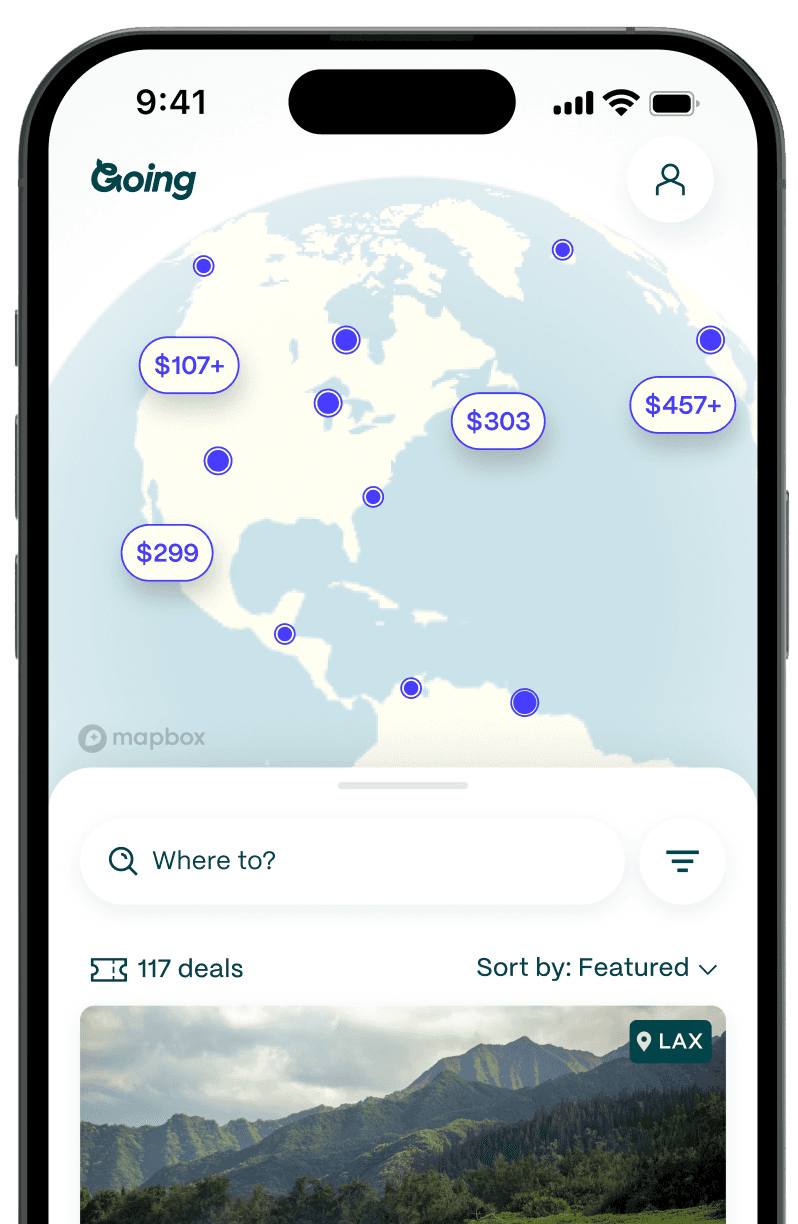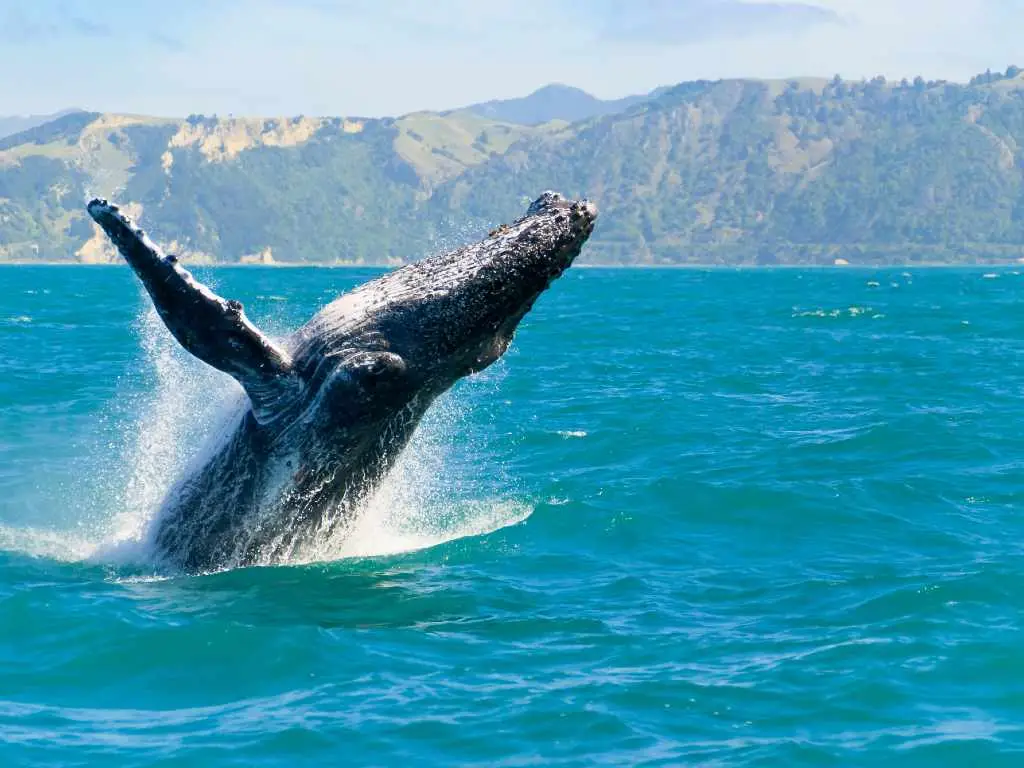
Honolulu Travel Guide: How to Explore Hawaii’s Capital Like a Local in 2026
Table of Contents
Welcome to Honolulu
There’s a lot that the mainland gets wrong in its collective mental image of Hawaii. In that mental image, it’s all endless natural splendor, 10-foot swells, and coconut bikini tops.
In actuality, Hawaii contains multitudes, and Honolulu is a prime example of many of them all together in a compact space. Hawaii’s capital and largest city isn't quite cosmopolitan, but it’s urbane. It isn’t all white-sand beaches, but it is some white-sand beaches (and even a few black ones). And while there are a lot of resorts and tourists, it’s home to 900,000 locals, too.
Who’ll love Honolulu
Families, history buffs, couples seeking an upscale, luxury escape, outdoors enthusiasts, lovers of adventure sports, or anyone looking to unplug from everyday life while also perfecting their tan.
Save BIG on your next trip, find cheap flights to Hawaii now!
How to budget for a trip to Honolulu
There’s a reason why a trip to Hawaii is considered by many to be a rare, special getaway: the cost. Honolulu is no stranger to big spenders, with its exclusive resorts and primo shopping. Outdoor activities like surfing lessons and kayak rentals will set you back less if you venture beyond the resort to seek them out.
When it comes to getting around, be sure to budget for a rental car; and when it comes to choosing a place to stay, bear in mind that strict zoning and permitting laws on Oahu limit the number of vacation rentals on offer and, as such, hotels are still the prevailing preference. Expect to pay around $250-$350/night for a mid-range hotel room and anywhere from $30 to sky’s-the-limit for entertainment, shopping, equipment rentals, and other fun diversions each day. Meals at resorts and beachfront restaurants will be the most expensive at around $50+ for dinner, but you can eat well for a lot less at food trucks and smaller mom-and-pop shops away from the tourist spots.
Safety considerations
Good news! Honolulu is among the safest cities in the country. Violent incidents are rare among tourists, but car break-ins are not, so always lock your doors and don’t just take valuables with you when you go, take everything (chargers, tote bags, various odds and ends). Since Honolulu is so heavily populated, it’s more or less safe at all hours of the day, though avoiding Chinatown at night is something to consider. Solo female travelers can relax knowing that harassment is relatively rare, too.
Weather in Honolulu
Honolulu has a tropical semi-arid climate, which means the summers are hot and dry and the winters are temperate and humid. There’s not a whole lot of variation throughout the year—average highs are in 80s F all year round, rising to 88° F in August and September and dropping to 81° in January and February.
When to visit Honolulu
From mid-November to late March can be rainy, but this is also the best time to see whales. If avoiding crowds is your goal, visit between mid-April and early June or from September to mid-December.
Money saving tips
Only rent a car when you need it. If you plan to spend a few days enjoying the beaches of Waikiki and exploring Honolulu, you won’t need a car, but you absolutely do need one to see the best of Oahu. Schedule the days you’ll need the car all in a row and return the car when you don’t need it.
Venture away from the resort for dining. Resort dining is expensive so save some money—and have delicious food—by going when the locals go.
Grab souvenirs from the grocery store. If you plan on bringing back some kona coffee, macadamia nuts, or Hawaiian sea salt, don’t buy it at a souvenir shop where the price is hiked up by 50%.
What to see, do, and eat in Honolulu

Top 10 things to do in Honolulu
- Visit Pearl Harbor for an impactful history lesson
- See the statuesque Iolani Palace, a relic of Hawaii’s monarchy days
- Take a farm tour at Kahumana Organic Farm and Cafe
- Shop til you drop at Ala Moana Center
- Witness a traditional luau show at Toa Luau in Waimea Valley
- Get an adrenaline rush on Kualoa Ranch, where you can take a zipline tour, horseback ride, get out on the water, and more
- Take a 2-mile hike to Manoa Falls, featured in a number of blockbuster movies like Jurassic Park
- Relax at Hanauma Bay, a gorgeous place to swim, snorkel, surf, or just lounge
- Learn and be entertained at the Polynesian Cultural Center
- Go snorkeling at Sharks Cove
The local picks for top attractions and activities in Honolulu

- Take a 3-mile hike to Waimano Falls, a dramatically beautiful swimming hole
- Explore Kaena Point State Park, a remote place to fish, hike, and picnic on the northwestern coast; visiting in the morning brings the prospect of dolphin sightings
- Check out the street art at Kaka’ako, a neighborhood known for its breweries and boutiques
- Spend a day at Waimanalo Bay Beach and Bellows Beach Park, often overlooked by tourists despite the stunning beauty (it’s also a great spot for beginner surfers or bodyboarders) and the drive here from Waikiki is gorgeous
- Take a trip to the beautiful Shangri La Museum of Islamic Art, Culture & Design
- Take a picnic to Nānākuli Beach Park, with its lovely cliffs that make for a unique, photogenic setting (it’s also good for diving and swimming at the south end)
- See the Ho’omaluhia Botanical Garden via the one-lane, 2.6-mile access road
- Enjoy a gorgeous sunrise via an easy hike on the Lanikai Pillbox Trail, followed by a dip at Lanikai Beach
- Transport yourself to Asia with a few hours in Honolulu’s Chinatown
- Hike to the summit of Diamond Head, an enormous volcanic crater just 20 minutes from Honolulu; the hike is only 1.5 miles and takes an hour or less, but once you’re there, you’ll want to stay for hours exploring and snapping photos
What to eat and drink in Honolulu

There’s certainly a niche when it comes to what most tourist-facing Hawaiian restaurants offer—seafood in myriad forms, shave ice, drinks with flower garnishes—but Honolulu breaks the mold. On other islands, many travelers stick to the resorts for meals. Honolulu, however, has much more industry beyond the hotels, so you can taste lots of fresh, unique flavors at world-class restaurants here. Flavors highlight the best of East Asia and the Pacific Islands; drinks are rarely overlooked, often served in bold yet refreshing boozy concoctions. Whatever you do, don’t leave without tasting real Hawaiian pineapple.
- Liliha Bakery offers great diner food and the light yet indulgent Hawaiian pastry known as Cocoa Puffs
- Sweet E’s Cafe is a bright, airy space to enjoy both healthy and satisfying breakfast or brunch
- The Pig and the Lady is known for authentic Vietnamese food in a beautiful exposed-brick restaurant
- Moku Kitchen is a dinner spot that’s worthy of date night, cooking up New American cuisine made with local ingredients and an impressive cocktail menu
- Mud Hen Water is the go-to for casual yet beautiful takes on Hawaiian cuisine
- Ken’s Fresh Fish is where you’ll find fresh catches in the form of sandwiches and poke at a no-frills roadside walk-up
- Kona Coffee Purveyors is a beautiful place to grab a cup of Hawaii’s amazing local coffee, along with a tasty pastry or dessert
- Bevy shakes up expertly crafted cocktails and tasty light bites; it’s a great option for happy hour
- The Tchin Tchin Bar has an excellent wine program and an extensive cocktail program, plus the requisite small plates, on a rooftop bar in Honolulu’s Chinatown
Where to stay in Honolulu
You can find some basic stays in Honolulu for around $100 per night, but $150 will get you something a bit more stylish and comfortable. Vacation rentals are roughly the same. Plan on around $75-100 for a basic studio and $150+ for a beach-adjacent one-bedroom. Of course, if you want to splash out on something luxe, there are plenty of options at higher price points.
Top Honolulu neighborhoods for visitors

Waikiki Beach is the old standard when it comes to getting a room in Honolulu, and if convenience is chief among your priorities, it’s a solid option. But it’s crowded—very crowded. Check out Waialae-Kahala for a more exclusive stay in Honolulu, or head to the North Shore or Ko’olina to the west for areas that are big on natural beauty but smaller on crowds and city conveniences.
Recommended hotels in Honolulu
- Shoreline Hotel (~$145/night): Bright, tropical-styled rooms in Waikiki
- Surfjack Hotel & Swim Club (~$207/night): Mid-century style meets boho beach vibes
- Moana Surfrider Waikiki Beach (~$329/night): Grand luxury at a West resort on Waikiki Beach
- The Kahala Hotel & Resort (~$430/night): Iconic beachfront resort opened since 1964
Getting around in Honolulu
Public transportation options in Honolulu
It’s an island so you might wonder, how far can it really be from Point A to Point B? Far. While Honolulu is relatively compact, there’s no doubt you’ll want to be getting out and about all over Oahu, and the rugged terrain means doing so takes time. We highly recommend renting a car here to fuel your excursions, but the bus and three rail lines make getting around the city center somewhat simple.
Honolulu airports
Honolulu’s airport is officially known as Daniel K. Inouye International Airport (HNL), though it’s often referred to simply as Honolulu International Airport. It’s located a little less than 13 miles (driving) from downtown Honolulu. It’s the busiest airport in Hawai‘i and serves as the primary hub for Hawaiian Airlines.
Ready to travel like a pro? Unlock exclusive deals and VIP benefits with Going Elite Membership!
How to get to Honolulu from Daniel K. Inouye International Airport (HNL)
Honolulu’s public bus system, TheBus, has two routes that stop right at the airport—Route 20 and Route 303. A ticket valid for 2.5 hours costs $2.75 (day passes are $5.50) and getting into downtown takes about 30 minutes. The Roberts Hawaii Airport Shuttle serves the nearby resort areas as well as the pier, with one-way trips starting at $21 for departures and $23 for arrivals. There are multiple taxi companies that wait at the airport’s taxi queue, though there is no universal flat rate from the airport. Lyft and Uber are the rideshare options, with fares into downtown starting at around $18.
Where else to go from Honolulu
Day trips from Honolulu
Spend a day on the North Shore (~40 minutes away), known for its incredible swells that make for some of the best, most intense surfing in the world. There are so many great beaches up here that you could come back day after day and experience someplace new.
Drive ~30 minutes to the Valley of the Temples Memorial Park, a lush and beautiful area surrounded by mountains and full of temples and shrines, where relics of Christianity and Buddhism sit side by side.
Take a 40-minute flight from Honolulu to Kauai, known for being a remote, rugged, ultra-green getaway. Take your time checking out Waimea Canyon (“the Grand Canyon of Hawaii”), take a swim at Tunnels Beach, or book a helicopter tour of the Napali Coast.

Where else to visit from Honolulu
Continue on your tour of Hawaii by taking a 40-minute flight to Maui, or head to the Big Island and see Volcanoes National Park, filled with some of the most active volcanoes on the planet, which you can explore on foot or by car.
Make your island exploration positively epic by continuing on to Bora Bora and Papeete, a nonstop 6-hour flight away.
Books, movies, and tv shows set on Oahu
Oahu’s beautiful scenery shows up in dozens of movies and tv shows, from classics like Hawaii Five-O, Magnum PI, and Jurassic Park to more recent hits, including Forgetting Sarah Marshall, Lost, and 50 First Dates.
To learn more about the island and its people before you go, check out the collection of short stories, This is Paradise; the WWII-set novel The Island of Sweet Pies and Soldiers; or the historical novel Honolulu.
Previous cheap flights we've found to Honolulu:
- Colorado Springs to Honolulu for $276 roundtrip
- Boston nonstop to Honolulu for $399 roundtrip
Join Going and get cheap flights delivered right to your inbox.
Frequently asked questions
How many days are enough for Honolulu, Hawaii?
What to know before traveling to Honolulu?
Is it better to stay in Waikiki or downtown Honolulu?
Last updated December 19, 2025
Articles you might like
View All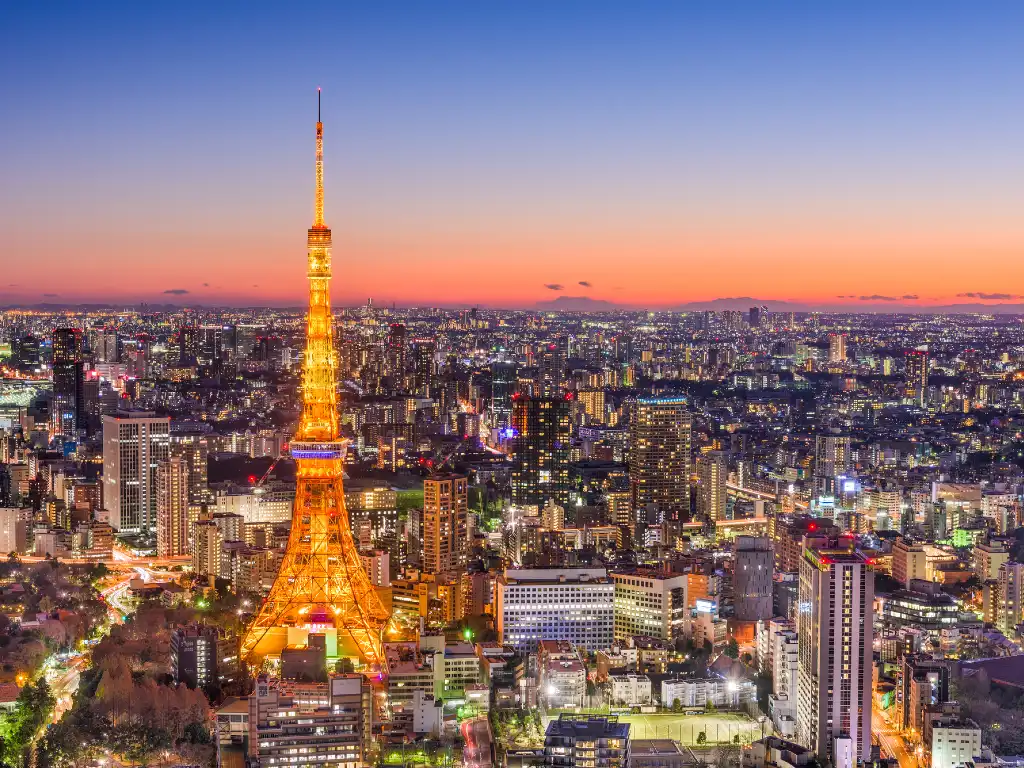
Where to Stay in Tokyo: The Best Neighborhoods and Hotels in 2026
Dec 19, 2025
12 min read
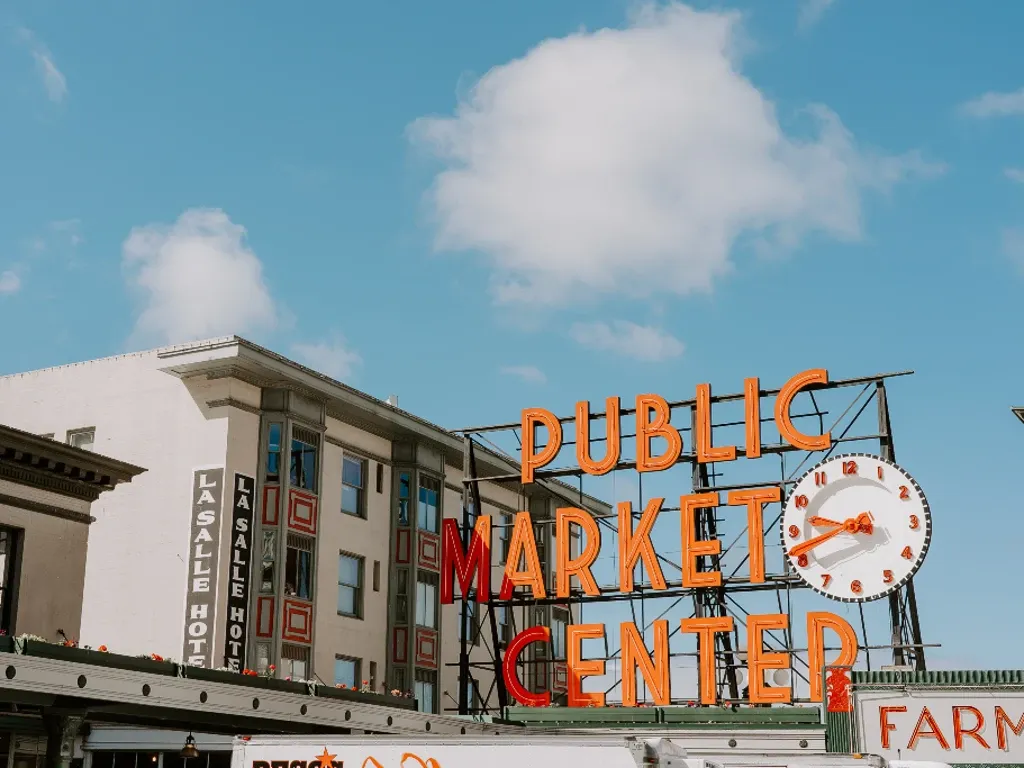
Where To Stay in Seattle: Best Neighborhoods and Hotels for 2026
Dec 19, 2025
10 min read
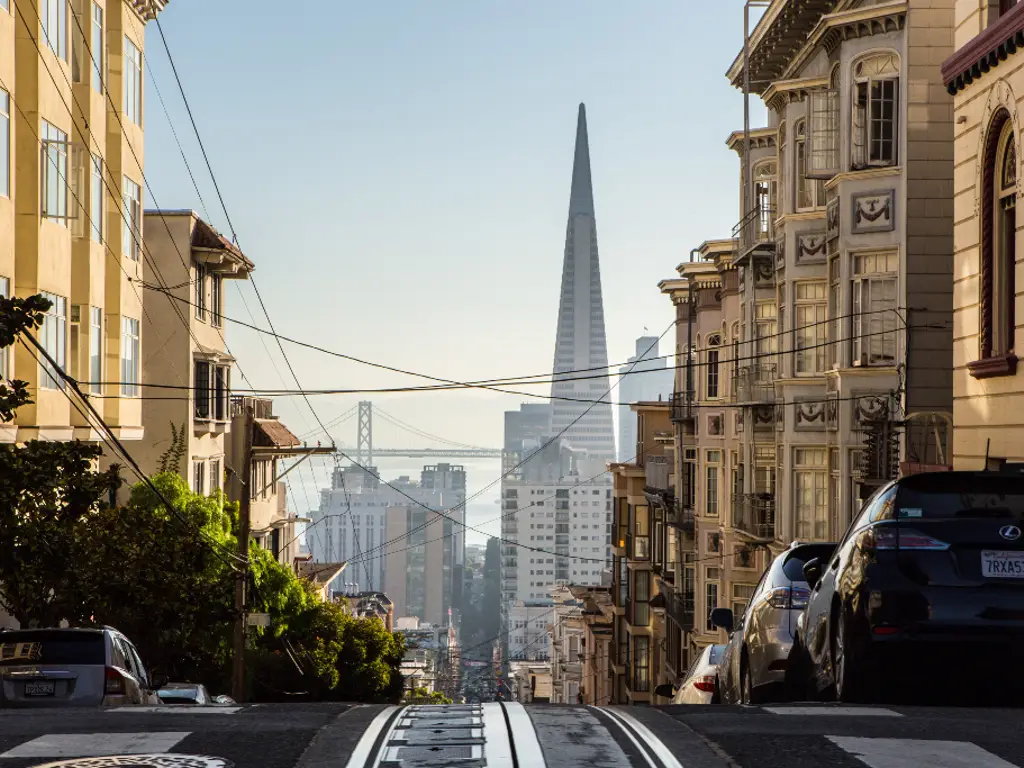
Where To Stay in San Francisco: Best Neighborhoods and Hotels for 2026
Dec 19, 2025
17 min read


